Skyscraper discusses innovative application cases of TPE in Zhujiang wires and cables
Wires and cables are increasingly widely used in civil, industrial, military and other fields. These applications attach great importance to the insulators and sheaths of wires and cables, because the insulators and sheaths can protect the physical and electrical properties of wires exposed to high temperatures for a long time. The thermoplastic elastomer (TPE) not only can meet these application requirements, but also has excellent properties of rubber elasticity, low temperature resistance, UV resistance and ozone resistance, making it the best partner for wires and cables.
The application of TPE in military wires and cables needs to deal with harsh environmental conditions.
Suitable for high temperature environment of 125°C
The temperature rating is the maximum temperature value that the wire can continue to adapt to. It is usually determined by the thermal aging characteristics of the compound used to make the insulator or sheath. These materials must withstand both the heat released by the conductor resistance and the heat of the end user's environment. The challenge to the thermal stability of cable compounds also includes many wires bundled in one cable, dense installation of multiple cables in enclosed spaces, and exposure of cables to water.
The new TPE compound developed by TeknorApex can be used continuously in a high temperature environment of 125°C. The applicable temperature of styrene TPE, which is conventionally used for home appliance wires and automation control cables, is 105°C. The application temperature of common building wires used to distribute electrical current in houses and buildings is only 90°C.
The new TPE compounds Elexar? EL-8730A and Telcar? tl-8421a expand the performance of TPE as a cable structure, enabling it to meet more complex, strict and severe end-use environments.
In addition to producing insulation or sheaths by extrusion, they can also be injection molded to form connectors, gaskets, cable elastic stress relief parts and plugs.
Both of these compounds meet the requirements of the EU "Directive on Restricting the Use of Certain Hazardous Ingredients in Electronic and Electrical Equipment" (RoHS). They can maintain flexibility in extremely cold environments, and are also resistant to sunlight and specific Oils, chemicals, and abrasion resistance.
Halogen-free, non-flame retardant, low density: TelcarTL-8421A is a compound with a Shore hardness of 91 and a specific gravity of only 0.98. The proportion of other PVC compounds that comply with EU RoHS standards is 1.25-1.40. This lower density can significantly increase the product yield per pound. TelcarTL-8421A can still maintain high tensile strength and elongation of 81% and 80% in the 7-day aging test in a high temperature environment of 158°C. Its brittleness temperature is very low at -76°C.
Special thermal stability, flame retardant: Elexar EL-8730A has a Shore hardness of 86, and can maintain 98% tensile strength and 87% elongation in the 7-day aging test. Its brittleness temperature is -67°C. Its flame-retardant grade has an oxygen index of 28, which can meet UL-94V-0 requirements at a thickness of 15 mm. Like other ElexarTPE, its color is lighter and its coloring performance is better.
Like other Elexar and Telcar compounds suitable for wires and cables, these new products are free of PVC and phthalic acid, easy to color, and do not require pre-drying.
Antibacterial TPE to protect cables from bacterial corrosion
In various terminal applications, cables need to undergo frequent treatment and exposure to humid and hot environments, which are prone to bacteria, fading, polymer degradation, and odors, which will damage their performance. TeknorApex cooperates with suppliers of antimicrobial additives to develop compounds that can be applied to wires and cables. Co-development for wire and cable materials and other applications. TeknorApex uses a composite method to ensure that even if the surface of the cable is damaged, the antibacterial agent can still diffuse in the cable material to protect the cable as much as possible.
Telcar90-T707E is a TPE that uses antibacterial compounds and can be used to make cables. It can remain stable under ultraviolet radiation, and its Shore hardness is D 41. It has excellent performance in both heat aging and oil aging, and has a brittle temperature of -52°C.
Safe, non-toxic, stretch resistant
Unlike cable sheaths made of PVC, cable sheaths made of TPE will not produce toxic or carcinogenic smoke in a fire. This feature of TPE makes it the material of choice for companies that care about health and environmental protection.
KRAIBURGTPE has developed special halogen-free flame-retardant TPE compounds that meet the strictest flame-retardant standards in Europe and the United States for cable manufacturers and suppliers in the field of IT and entertainment electronics. The new compound complies with the EU RoHS directive and does not contain heavy metals and organic halogen compounds such as polybrominated biphenyls (PBBs) and polybrominated diphenyl ethers (PBDEs) and other harmful ingredients.
KRAIBURGTPE's new TPE compound is safe, non-toxic and resistant to stretching.
The halogen-free flame-retardant TPE developed by KRAIBURGTPE can be used in the manufacture of cables. It has passed the VW-1 vertical burning test, which is the most demanding pure cable burning test. The test passed the minimum layer thickness to prove the excellent fire safety of the material.
In addition to outstanding flame retardancy, the new TPE compounds also have other properties to meet the specific requirements of IT and entertainment electronics manufacturers. For example, it has very high tensile strength, excellent flexibility and surface quality.
"By adopting a halogen-free intumescent flame retardant system compatible with the polymer matrix, we have achieved a balance of high flame retardancy and high tensile strength and flexibility. The addition of this compound is higher than that of traditional halogen-free flame retardants. Usually much lower. In order to achieve mass production of this new TPE safely, we also need to adapt to the extrusion process", said the product specialist of KRAIBURGTPE.
Due to the compatibility of the flame retardant system with the polymer matrix and good surface properties, the TPE compound can be extruded at a high speed in a standard polyolefin cable extruder.


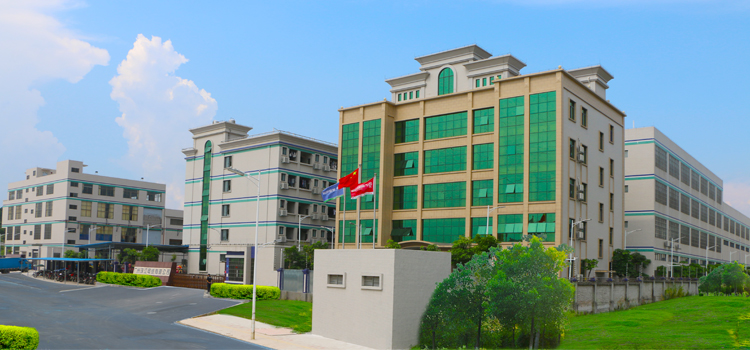 Company Profiles
Company Profiles Company Culture
Company Culture Message
Message Honor
Honor Video Center
Video Center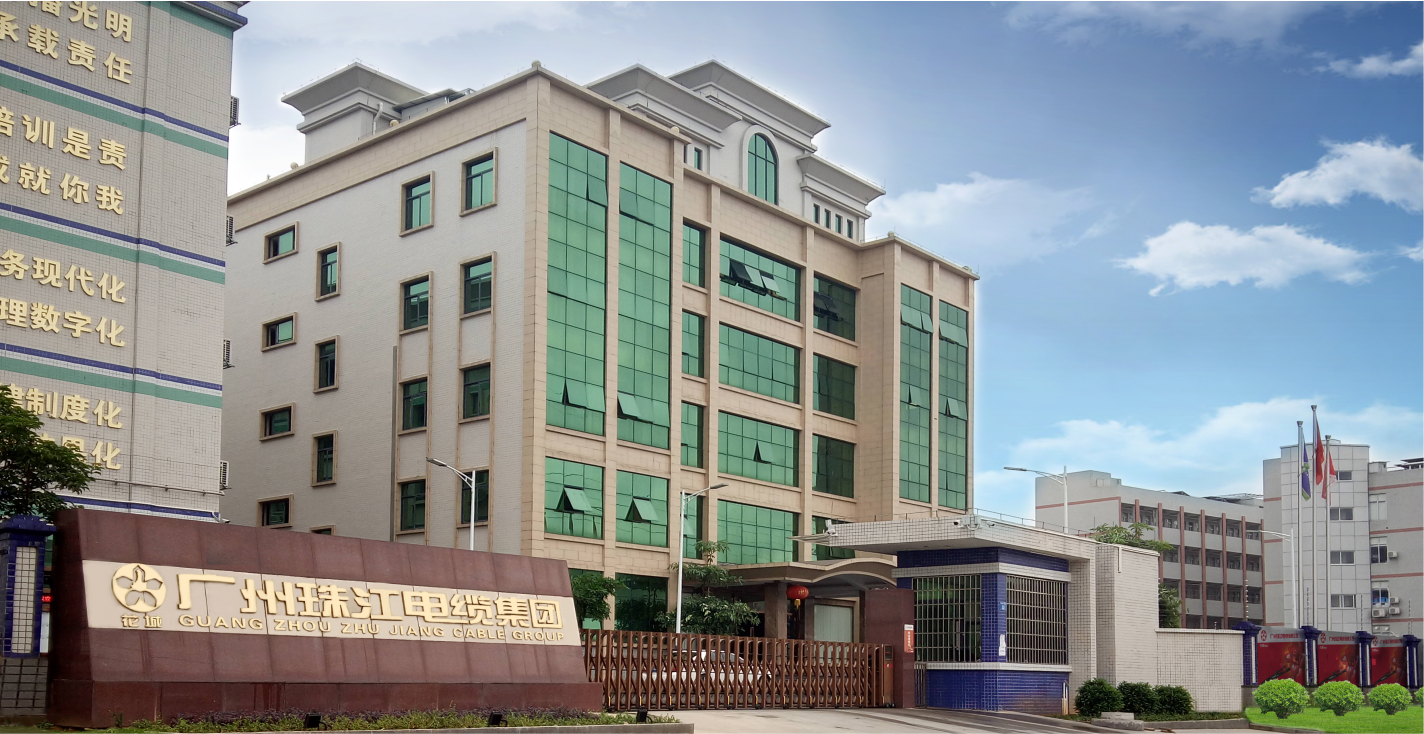 Company Reality
Company Reality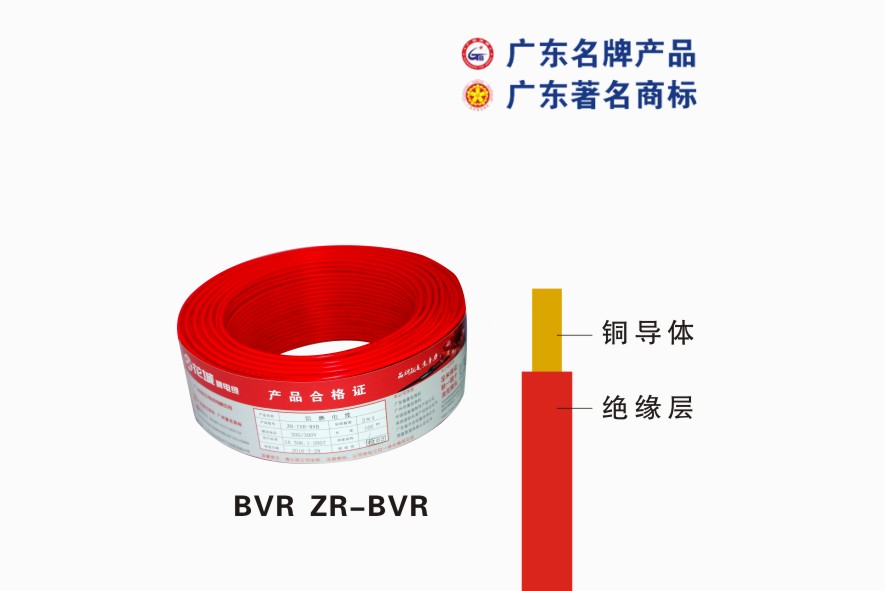 Pearl River Cable
Pearl River Cable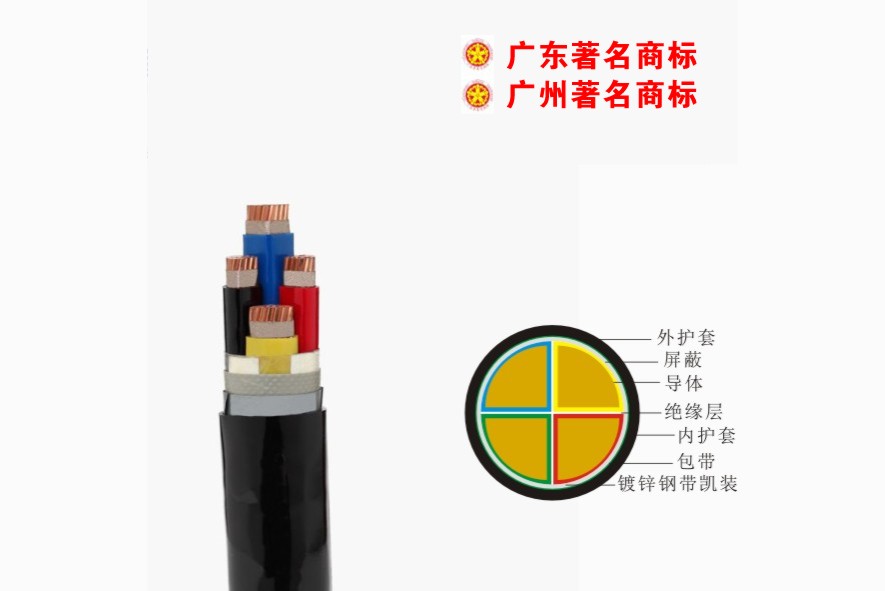 Low Voltage Cable
Low Voltage Cable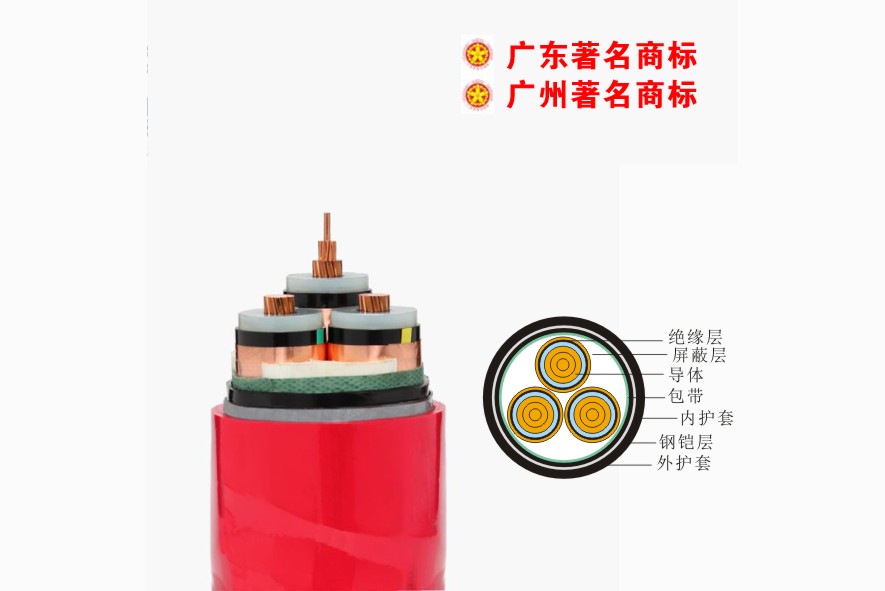 Medium Voltage
Medium Voltage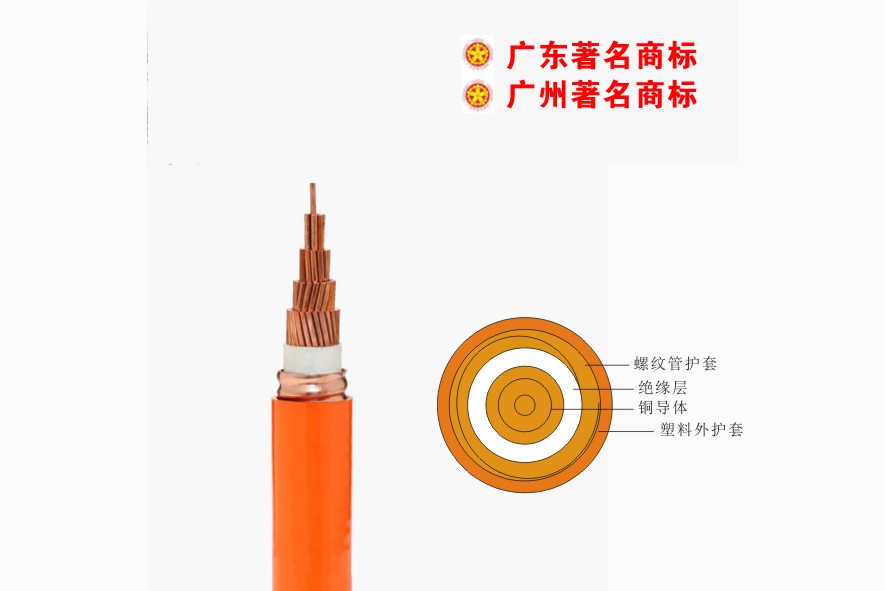 Mineral Cable
Mineral Cable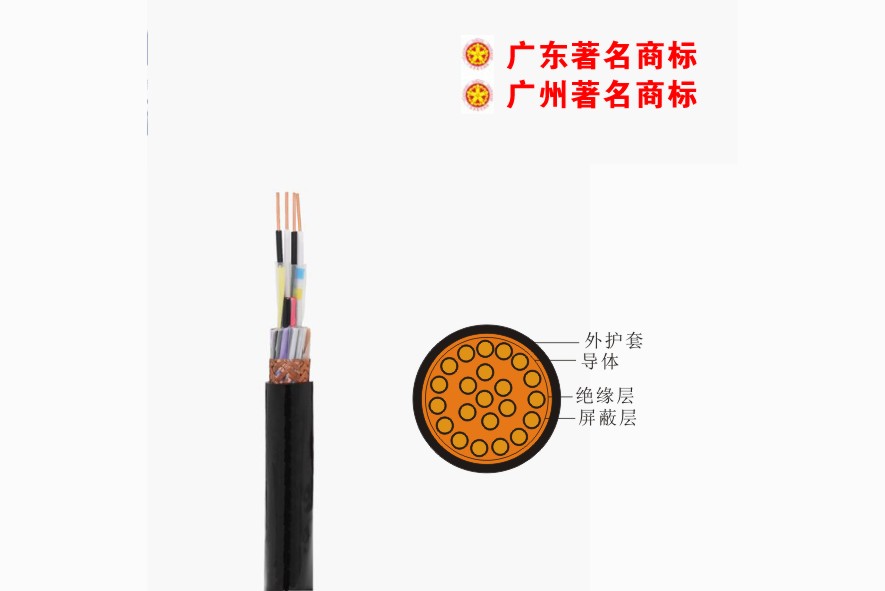 Control Signal Cable
Control Signal Cable Corporate News
Corporate News Cable Information
Cable Information Media Reports
Media Reports Network Reprint
Network Reprint


